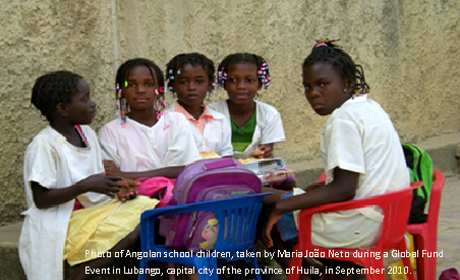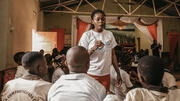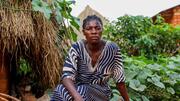-
Country Pages
-
Asie et Pacifique
- Afghanistan
- Bangladesh
- Bhoutan
- Cambodge
- Chine
- Inde
- Indonésie
- République islamique d'Iran
- République démocratique populaire lao
- Malaisie
- Maldives
- Mongolie
- Myanmar
- Népal
- Pakistan
- Papouasie-Nouvelle-Guinée
- Philippines
- Sri Lanka
- Thaïlande
- Timor oriental
- Viet Nam
-
Europe de l'Est et Asie centrale
- Albanie
- Arménie
- Azerbaïdjan
- Bélarus
- Bosnie-Herzégovine
- Géorgie
- Kazakhstan
- Bureau du Kosovo
- Kirghizistan
- Moldavie, République de
- Macédoine du Nord
- Serbie
- Tadjikistan
- Türkiye
- Turkménistan
- Ukraine
- Ouzbékistan
-
États arabes
- Algérie
- Djibouti
- Égypte
- Iraq
- Jordanie
- Liban
- la Libye
- Maroc
- Oman
- Palestine
- Somalie
- Soudan
- République arabe syrienne
- Tunisie
- Yémen
-
Afrique orientale et australe
- Angola
- Botswana
- Burundi
- Comores
- République démocratique du Congo
- Érythrée
- Eswatini
- Éthiopie
- Kenya
- Lesotho
- Madagascar
- Malawi
- Maurice
- Mozambique
- Namibie
- Rwanda
- Seychelles
- Afrique de Sud
- Soudan du Sud
- Tanzanie, République unie de
- Ouganda
- Zambie
- Zimbabwe.
-
Amérique latine et Caraïbes
- Argentine
- Bolivie, État plurinational de
- Brésil
- Chili
- Colombie
- Costa Rica
- Cuba
- République dominicaine
- Équateur
- Salvador (Le)
- Guatemala
- Haïti
- Honduras
- Mexique
- Nicaragua
- Panama
- Paraguay
- Pérou
- Uruguay
- Venezuela, la République bolivarienne du
- Caraïbes (multipays)
-
Afrique de l'Ouest et du Centre
- Bénin
- Burkina Faso
- Cabo Verde
- Cameroun
- République Centrafricaine
- Tchad
- Congo
- Côte d'Ivoire
- Guinée équatoriale
- Gabon
- Gambie
- Ghana
- Guinée
- Guinée-Bissau
- Libéria
- Mali
- Mauritanie
- Niger
- Nigéria
- Sao Tomé-etPrincipe
- Sénégal
- Sierra Leone
- Togo
-
- Accueil
- Les données
- Angola

UNFPA Angola
After enduring 40 years of almost continuous war, Angola was in disarray when peace accords were finally signed in 2002. Since then, the country’s economy has grown rapidly, but inequities persist, and nearly 40 per cent of Angolans live in poverty and maternal mortality and teenage pregnancy remain high. Since 1978, UNFPA has been working to: increase access to reproductive health (including family planning and treatment of obstetric fistula) and HIV prevention services; ensure sustainable population growth and development (through improved availability of reliable information); and increase gender equality.
Population
- Population âgée de 0 à 14 ans (en %)
- Population âgée de 15 à 64 ans (en %)
- Population aged 65+
Santé sexuelle et reproductive
- Part des naissances encadrées par un personnel de santé qualifié
Planification familiale
- Modern method
Éducation
Gender, Rights, and Human Capital
Pratiques nuisibles
Population Pyramid
Espérance de vie
Total fertility rate
nouvelles
En Angola, les jeunes se joignent à la lutte contre la stigmatisation de l’éducation complète à la sexualité
LUANDA, Angola – Silvia Francisco, 31 ans, a dû faire un choix difficile. Elle s’inquiétait pour une femme de sa…
Les diamants sont rares, mais l’information sur la santé sexuelle et reproductive ne doit pas l’être
À seulement 35 ans, Nsenga Malu a déjà vécu de nombreuses vies. Dans l’une d’elles, elle a été une petite fille, qui a…

